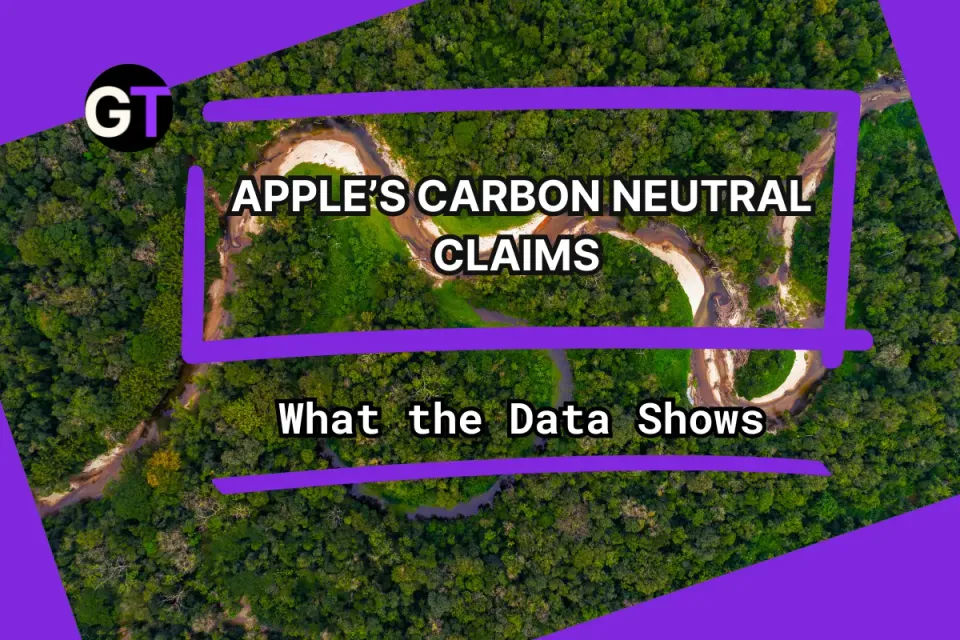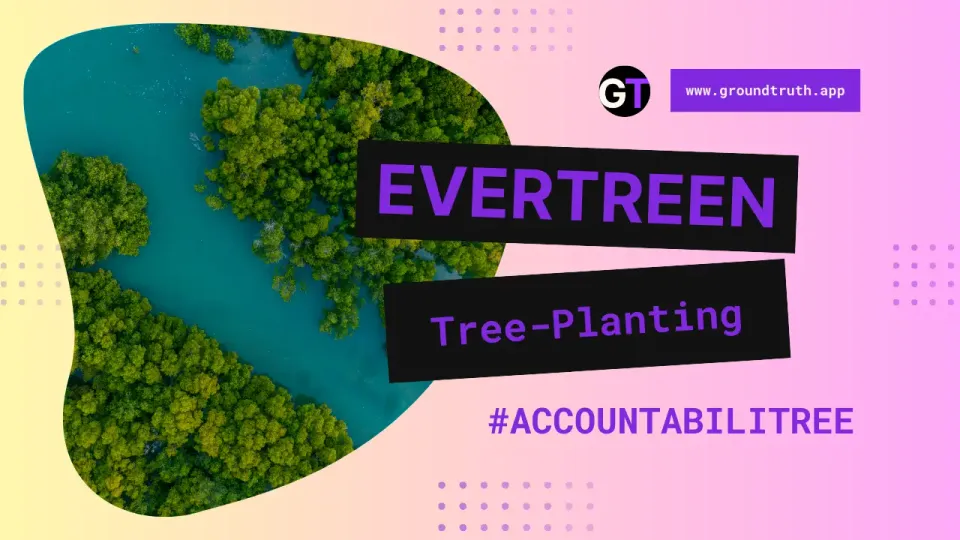China’s Tree Planting Power: 🌳 How Much Carbon Is That?
China’s forests have the potential to absorb double its 2020 industrial carbon emissions...

🌍 Why Tree Planting Could Be China’s Key to Carbon Neutrality
When it comes to tackling climate change, planting trees is more than a feel-good activity – it’s one of the most effective ways to remove carbon dioxide from the atmosphere! 🌱 And China, with its ambitious goal to be carbon neutral by 2060, is betting big on this natural solution.
But here’s the catch: it’s not just about planting trees anywhere, it’s about planting them in the right places. A recent study by Yao et. al. (2024) found that China’s forests have the potential to absorb double its 2020 industrial carbon emissions – but only if the planting strategy is guided by smart data! 📊🌿
🌳 Why Should You Care? China’s Forests and Climate Change
You might be wondering, “Why does this matter to me?” Well, we all share this planet, and what one country does to fight climate change affects all of us. China has the potential to double its 2020 industrial CO₂ emissions in carbon capture by planting trees strategically, thanks to some clever science and smart planning. 🌍 Imagine that!
Did you know that China has already planted millions of trees through projects like the Three-North Shelterbelt and Yangtze River Shelter Forest? 🙌 These efforts have increased forest coverage from 13% in 1978 to 23% by 2019! But to hit 30% forest coverage by 2050 and maximize the potential of these carbon-absorbing trees, China needs to plan carefully. 🌍
While expanding forest cover is important, the study highlights that densifying existing forests (increasing the number of trees within sparse forests) could be an even more powerful tool for carbon sequestration. Focusing on filling in gaps in China’s current forests, instead of just expanding into new areas, makes the most of their carbon capture potential.
🇨🇳 In China, the Green Wall project continues, which involves planting millions of trees in the desert.
— ADN Messenger / All Disruptive News. (@ADN_Mensajero) July 8, 2024
While some countries make empty, beautiful statements about “preserving the planet,” China does this in practice. pic.twitter.com/RmdjUEi0n4
The Science Behind Planting the Right Trees 🌲
The study developed a machine-learning framework to identify the most suitable areas for tree planting based on environmental conditions like soil, climate, and topography. 🌳📈 By targeting the right areas, China could plant up to 44.7 billion trees, increasing forest stock by 9.6 billion cubic meters and sequestering 5.9 billion tons of carbon. That’s equivalent to twice the country’s 2020 industrial CO₂ emissions! 🚨
But not all forests are created equal. The study emphasizes that adding trees in existing forests (densification) is both cost-effective and highly efficient for locking away carbon. It’s a strategy that outperforms planting in areas where trees might struggle to grow. 🌱
The Afforestation vs. Densification Debate
The study outlines three key scenarios for afforestation (new tree planting) and densification (adding trees to existing forests), exploring planting to the 25%, 50%, and 75% quantile levels. The results show that, while afforestation can add 10.1 to 25.2 billion trees, densification could potentially add 7.8 to 37.5 billion trees.
Densification provides more flexibility and greater carbon capture potential, particularly in areas like the Qinling Mountains and Yunnan-Guizhou Plateau, where forest ecosystems are already well-established.
🤔 Fun fact: In some past efforts, tree survival rates were as low as 15% in certain arid regions of northern China. The new approach avoids these mistakes by using data to guide planting decisions, ensuring trees are planted in areas with the best chances of survival. 💡
How to Fix It 💻📊
To maximize carbon capture, China needs to lean on data-driven insights. By considering factors like soil quality, climate patterns, and tree density, researchers can pinpoint the best places for afforestation and densification. Instead of planting trees randomly, they can focus on areas with the greatest potential for growth and carbon storage. 🌱🌎
This data also shows that densification should be prioritized. China's forests are currently sparse in many areas, with more than 26% of forests having fewer than 500 trees per hectare. By densifying these forests, China can significantly boost its carbon storage without needing to convert agricultural land, which is crucial for food security. 🌾
Economic Benefits and Carbon Returns 💸
Another vital takeaway from the study is the economic aspect. Densification offers a cost-effective solution, particularly in regions like southeastern China, where planting costs are lower due to favorable natural conditions.
The study estimates that the cost per ton of sequestered carbon through tree planting is $4.77, much lower than the historical average of $21.18 per ton in past ecological projects. In areas with favorable climates, the cost could drop to as low as $1.65 per ton of CO₂.
Insights from Open Data🌐
The open data from the study can be read in Nature. It's worth checking out! Among other things, it shows a map of where new forests are storing carbon from the atmosphere. This helps us see which areas are doing the best job of capturing and storing carbon.
You can also check out the open-source code for the machine learning model on Github.
Citation
Yao, L., Liu, T., Qin, J. et al. Carbon sequestration potential of tree planting in China.Nat Commun 15, 8398 (2024). https://doi.org/10.1038/s41467-024-52785-6




